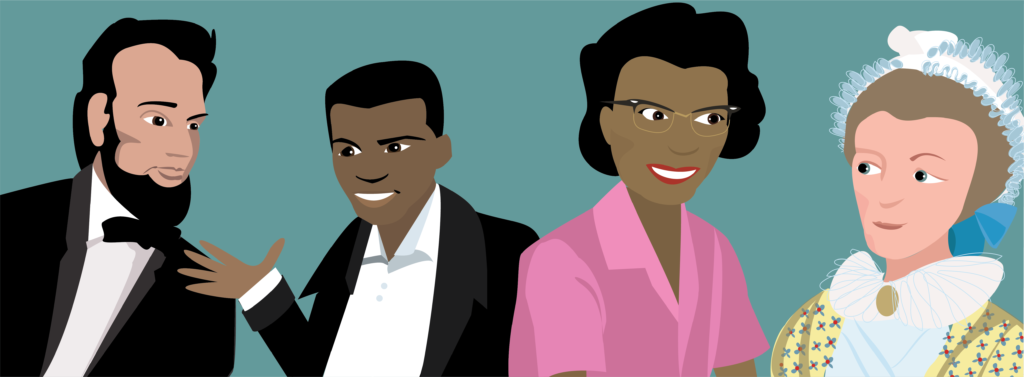I was nearly seven when I noticed the agitation in my parent’s voices and motions. It’s how youngsters interpret events beyond their limited world. The date was April 6, 1968 and the downtown area of our county seat, Richmond, Indiana, was devastated by a powerful explosion.
I also recall seeing from 8 to 9 miles north of the explosion the pillar of smoke that had spread flat across sky in the anvil form thunderheads form.
I grew up about two miles east of Fountain City and the town’s fire siren, clearly audible from that short distance, sounded followed shortly by the whine of the volunteer fire company’s several vehicles as they responded to calls for aid.
As the video points out, the nation was still reeling from the news two days earlier of the assassination of Martin Luther King, Jr. By then, many major cities had erupted into violent responses to the murder and many in Wayne County initially, and not entirely irrationally, suspected the “fires” downtown to be related to racial tension.
At first, most people not living near the disaster site had no idea as to the extent of the devastation, but as local and national news outlets began to show video of the shattered downtown, the massive scope of the explosion began to sink in.
If I heard the report of the explosion, the decades have erased any memories. I did, however, have a very personal connection to one of the victims, Jack Bales.
At the time, my babysitter was Debbie Bales, now Ahaus, (she was a very young babysitter), and younger sister to Jack. Jack Bales and fellow Fountain City area resident Greg Oler were shopping in Marting Arms, the epicenter of what was later determined to have been a gas explosion in the basement of the building. Jack was grievously injured in the explosion and Greg, aged 21, died. Greg was on of 41 who lost their lives as a result of the explosion.
Richmond and Wayne County residents who responded to the catastrophe were wonderful in their single-minded cooperation aimed at saving lives and a downtown. Photographs now famous recorded African-Americans and white volunteers manning the same hose, an image that accurately depicts the spirit of community that would not be seen again until September 11, 2001. Regrettably, I vividly recall a local volunteer firefighter who responded to the calls for mutual aid telling my father about how “they,” meaning African-Americans, had booby-trapped buildings in order to injure or kill firefighters. Of course this was a blatant lie, but the tragedy of that sunny day in Richmond was exploited by the widespread bigotry found in the region.
The truth, however, is unequivocally honorable. The community responded, mourned and rebuilt with a true sense of purpose during a time when such spirit was scarce in America.
